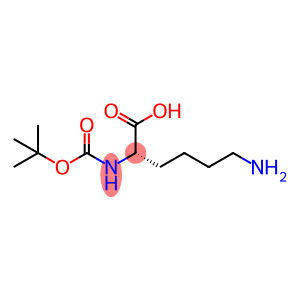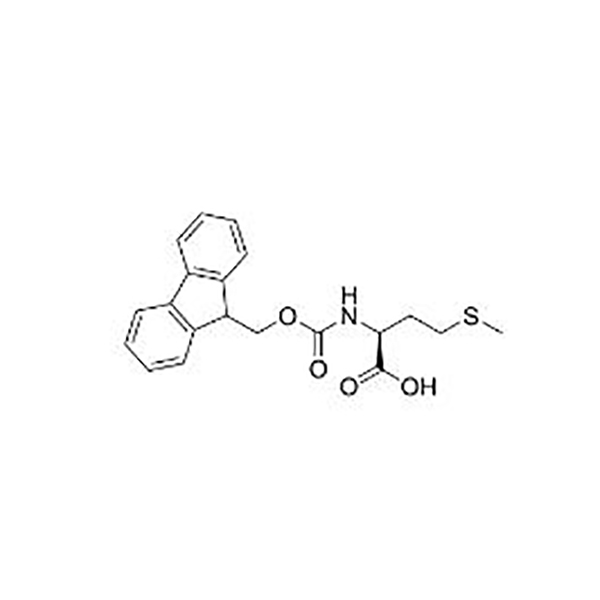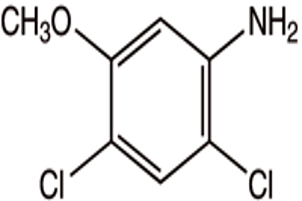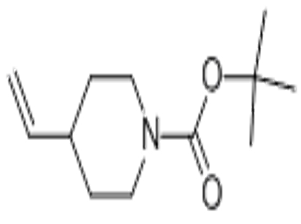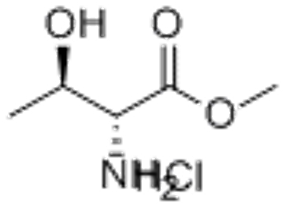N-alpha-(tert-Butoxycarbonyl)-L-lysine (CAS# 13734-28-6)
Risk and Safety
| Hazard Symbols | Xn – Harmful |
| Risk Codes | R20/21/22 – Harmful by inhalation, in contact with skin and if swallowed. R36/37/38 – Irritating to eyes, respiratory system and skin. |
| Safety Description | S24/25 – Avoid contact with skin and eyes. S36 – Wear suitable protective clothing. S26 – In case of contact with eyes, rinse immediately with plenty of water and seek medical advice. |
| WGK Germany | 3 |
| HS Code | 2924 19 00 |
| Hazard Class | IRRITANT |
N-alpha-(tert-Butoxycarbonyl)-L-lysine (CAS# 13734-28-6) introduction
N-Boc-L-lysine is an amino acid derivative that contains a protective group Boc (t-butoxycarbonyl) in its structure. The following is an introduction to the properties, uses, preparation methods, and safety information of N-Boc-L-lysine:
nature:
-Appearance: White or off white crystalline powder
-Solubility: Dissolves in common organic solvents such as methanol, ethanol, and dichloromethane.
Purpose:
-It can serve as a protective group for L-lysine, protecting its amino or carboxyl groups under certain reaction conditions to prevent unnecessary reactions from occurring.
Manufacturing method:
-The synthesis of N-Boc-L-lysine is mainly obtained through the protective group reaction of L-lysine. The common preparation method is to first react L-lysine with Boc2O (t-butoxycarbonyl dicarboxylic anhydride) or Boc-ONH4 (t-butoxycarbonyl hydroxylamine hydrochloride) to form N-Boc-L-lysine with a protective group of Boc.
Security information:
-N-Boc-L-lysine is a chemical, and safety precautions should be taken when using it, and relevant safety guidelines should be followed.
-It may be irritating to the skin, eyes, and respiratory system, and should be immediately rinsed with plenty of water after contact.
-When handling and storing, avoid contact with oxidants, strong bases, and acids, avoid large-scale storage, and avoid high temperatures and sources of fire.
-Please handle and dispose of unwanted or expired chemicals in the correct manner to reduce the risk of environmental pollution.


